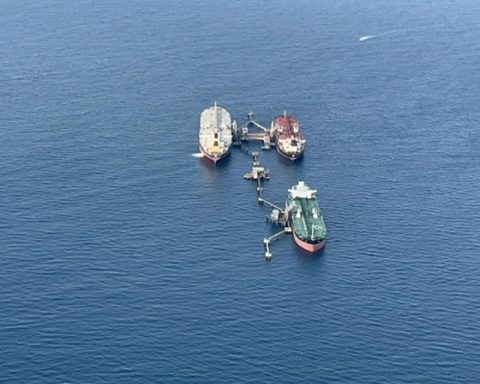August 14, 2022, 4:00 AM
August 14, 2022, 4:00 AM
Bolivia and Latin America are experiencing an accelerated process of polarization. Political polarization divides society into two extremes (left and right, for example), perceived as irreconcilable. This type of extreme division also leads society to split and of course, ideological polarization also occurs, politics is understood as a war of imposition of ideas. The concerted exits, the intermediate paths, the complementary options are devalued.
In Argentina, the word crack is used to describe a separation between supporters of antagonistic projects in the historical, social and political. This political fracture is transferred to the field of economic policy. Polarization is frequently driven by the State in the logic of creating functional enemies.
In the Bolivian case, the government promotes ideological dichotomies, promotes polarization on economic issues. Statism versus neoliberalism as the only cleavage to understand the challenges of public policies.
In the official discourse, the only school against his alternative proposal for economic development is to embrace the ideas of Adam Smith and Milton Friedman. On the other side of the spectrum, market fundamentalism welcomes and proposes solutions from the other end. The confrontation is carried out from the corners based on achievements and insults, confusing means with ends.
Faced with the nationalization of state companies, there is only the possibility of privatization. And vice versa. The only way out of the freezing of the exchange rate is a strong devaluation of the national currency against the dollar. To keep inflation low, there is only the path of subsidies for hydrocarbon derivatives. The only alternative to get out of subsidies is a gas.
In short, all these dichotomies are concentrated in the instruments: nationalize or privatize, devalue or not devalue, or cut or not cut subsidies. The objectives are not discussed.
It is known that the goals of development are much simpler: that people have a decent job, that wealth and productivity increase, that people have good education and health, that we do not destroy the environment, that there is gender equality, that comprehensively reduce poverty and other missions.
When public policy focuses on development objectives, the instruments are released. For example, the goal is to make the economy competitive and not whether or not to devalue the currency. Thus, economic policy alternatives arise with a more pragmatic sense. Joan Robinson said: economics is like a toolbox.
With the clear objective of development, in economic analysis and action it has screwdrivers (exchange rate), pliers (taxes, subsidies), keys (interest rates), handsaws (commercial policies), hammers (industrial policies) and several others. instruments.
With this in mind, in the face of the statism vs. privatization trap – which supposes that the central challenge of having innovative and efficient companies is reduced to an issue of ownership – the challenge of institutional development must be faced. For the public or private sector to work, it depends on formal (legislation) and informal (uses and customs) rules of the game, on institutional arrangements. For a better operation of companies, it is necessary to guarantee public, private, collective property rights, and enforce contracts; that is, market-creating institutions.
Likewise, the regulatory institutions of the companies are fundamental when there are monopolies. There is also the challenge of efficient and transparent corporate governance within companies and management cultures based on healthy competition. Incentive systems for the use of human capital within companies are key to their operation. Likewise, companies would function better if there were efficient capital markets. In short, public or private requires an ecosystem dedicated to innovation and entrepreneurship.
Another practical case, both monetary and financial stability, based on controlled inflation and a competitive exchange rate, is achieved through the conjunction of various instruments, not only subsidizing prices of hydrocarbons or the dollar, as is the case with Bolivia. For example, lasting fiscal health is needed based on new taxes on groups (coca growers, unions and large miners) that pay little or no taxes. In other cases, it will be necessary to lower taxes on other sectors such as tourism, creative industries or renewable energies. Clearly, a reduction in superfluous state spending is also required.
Economic polarization vulgarizes the debate between let’s go over simplified. It is functional to a friend and enemy logic that creates sects that are lost defending instruments and not development objectives.


















